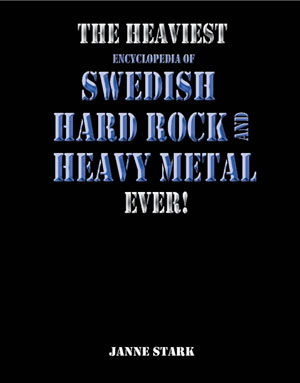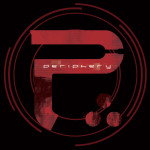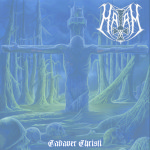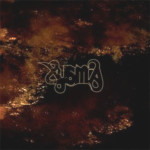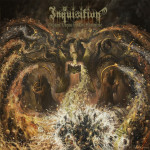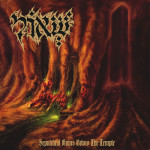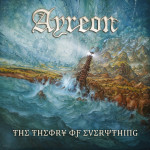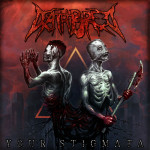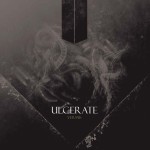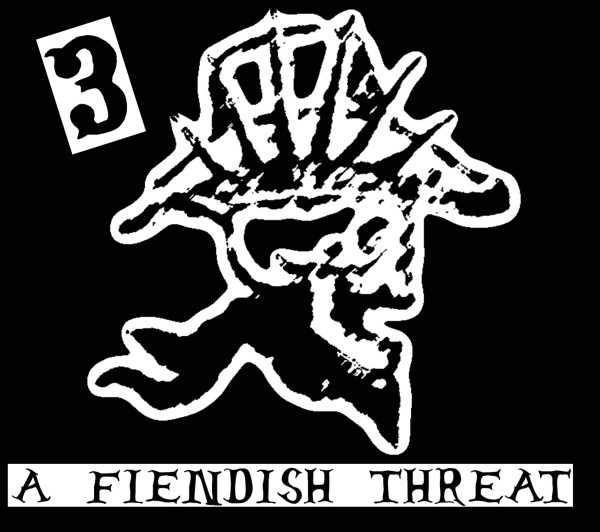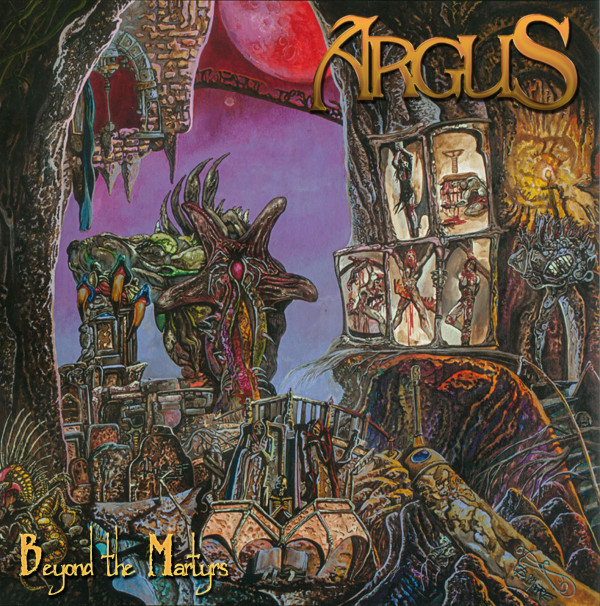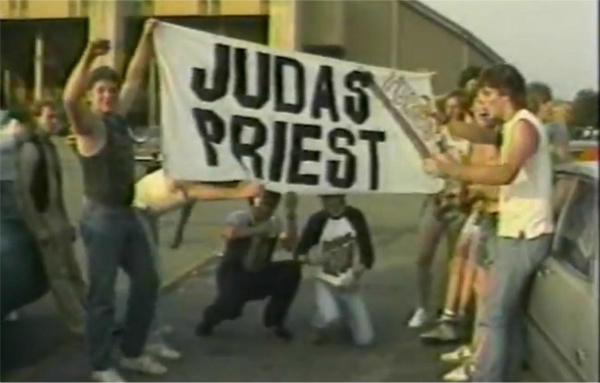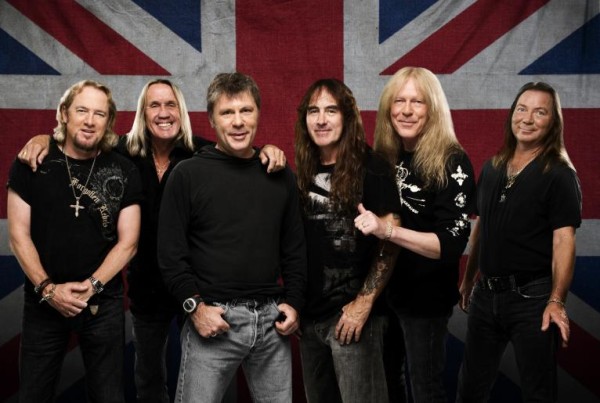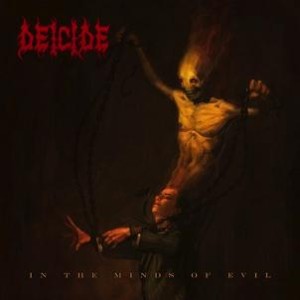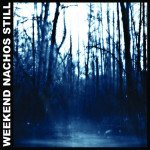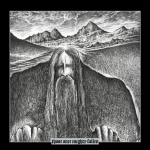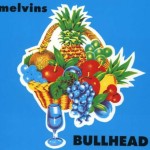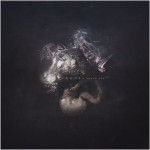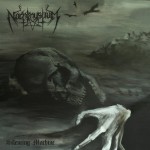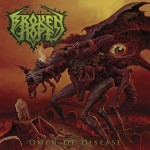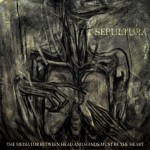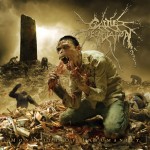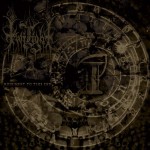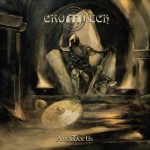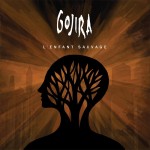To partake of underground metal in the current year is to keep eyes open for new possibilities. Because this is underground — meaning-first and surface appeal later, where everyone else does it the other way around — music, this requires looking past early limitations to see if a band has the outlook required. This worldview is a desire to make music in the true metal spirit, with a personal voice that reveals vastly impersonal truths.
Under our eye for some time has been Colombian band Cóndor, whose album Nadia represents a good future path for metal that is both innovative and true to the ideals and lifestyle of metal since its inception. It’s underground, so it isn’t groovy, crowd-friendly, slickly produced or designed to appeal ironically. It is exactly as it represents itself, and clearly thrives from bonding its metallic influences with a unique view of the world.
Checking in with Cóndor, we found the band clarifying its vision and intent and also, planning for the future. As is the nature of underground music, this band exists in the interstices of official tasks and required acts of life, filled in with spare moments and sheer will. We were lucky to get a brief update from the band as they barely pause in their quest to become known.
When was Cóndor founded, and what music influenced you? Did you have a plan, stylistically or otherwise?
Cóndor was founded in late 2012. The plan from the outset was to create narrative heavy metal and to have the lyrics deal with the collapse of Western civilization viewed from the vantage point of the great grandchildren of the Conquistadors. Musically we were influenced mostly by the early work of melodic metal bands in various subgenres, such as Amorphis, At the Gates, Mournful Congregation, Sacramentum, Candlemass etc.
Do you have other non-metal or non-musical influences?
Non-metal influences are limited mostly to the realm of romantic classical music, particularly 20th century “nationalist” composers such as Sibelius, Smetana and Vaughan Williams. As far as non-musical influences, the work of J.R.R. Tolkien heavily influences our music, and our lyrical/conceptual outlook is indebted to the conception of time as destiny present in the works of Oswald Spengler and Martin Heidegger. The most important influence however is the landscape of our native region, and the story of our Spanish forefathers, to which we are heirs.
How long had you all been metalheads? Or are you metalheads?
We all got into metal while very young, around the ages of 11 and 12. The level of individuals’ current dedication to metal varies within the band, some of us still being fully devout while others have drifted away, but metal was everyone’s path into music and we all share deep roots in it, thus why we chose it as a vehicle.
What’s the scene like in Bogotá? Is it hard or easy to be a metalhead there?
Even though it is an ever-growing community, unfortunately it is swarmed with people who are attracted merely by the metal aesthetic, or people who don’t really think about what they’re listening to. The same people that go to a black metal concert can then go to a metalcore one the day after, which leads one to believe all they get from listening to metal is fun, rebellious noise. After an initial rush of inspiration in the 80s local bands have since been mostly derivative and boring, which has led to widespread skepticism about newer bands. Add that to the fact that venues tend to be geared towards the 80s rock crowd and gigging locally becomes a hard and often fruitless endeavor. However there are many encouraging factors, for one the sheer amount of metalheads as well as the incredibly devout local medium of cult metal record stores, along with an increasing number of international bands who come around to play in the city. It’s worth mentioning that the scene had many classic bands when it was peaking in the late 80s/early 90s, such as Parabellum, Reencarnación, Kraken, Masacre, Kilcrops, Witchtrap and Acutor.
How did you write the songs on Nadia? Were they conceptual songs, or just kickin’ around some riffs?
Music and lyrics on Nadia were written simultaneously with a view towards creating a coherent atmosphere and a dynamic structure. The concept of the album pertains mainly to the question of identity and destiny in the modern world, viewed naturally through our particular vantage point as Colombians. However, many of the riffs are very old and were simply worked into the broader scheme of the album later on. The material on the album stretches back at least three years in some cases while some of it was written just weeks before recording.
Did your influences change for Nadia from past efforts? How much had you learned since your earlier recordings, rehearsals or live performances?
Nadia was our first effort, and the entirety of the album was written before the band ever played together in a room, so this is a tough question to address. As far as live performances we believe they must reflect visually what the audience is listening to. That’s why we use body paint and use elements such as the accordion and wine during shows, to create an experience that enhances the atmosphere and weltanschauung that is already inherent in the music.
What has response been like so far?
Nadia has received a limited, but largely positive response, which we weren’t expecting to be honest. Colombian record stores have been enthusiastic, though larger distribution has been lacking. A few people seem to really dig the album, which is encouraging.
What’s next? Will you record more, tour or rest awhile?
Album number two is currently in the works and we hope to record it in summer of 2014, which would imply an early 2015 release date. Touring is unlikely for now as the band has been scattered by collegial pursuits, but you never know…
If you had to pick the most important bands in the evolution of metal, how would you do it? What bands would be there?
This is a tough question… I guess the method would be to pick bands that innovated in a way that helped the genre evolve without compromising its boundaries and also managed to make albums that stand on their own as coherent and meaningful works. Clearly, the bands that have had a real significance are most often those with members who really understood what they were doing; this applies for both metal and non-metal bands alike. Unfortunately, most great bands have a good start and release one or two great albums, but then seem to lose their touch and limit themselves to appease their audience, without giving much thought to the composition process.
Obviously objectivity is unattainable in such an endeavor… So without further ado, the much desired, and highly subjective, name dropping: Black Sabbath, Rainbow, Manilla Road, Manowar, Mercyul Fate, Slayer, Hellhammer/Celtic Frost, Possessed, Bathory, Fates Warning, Helloween, Morbid Angel, At the Gates, Darkthrone, Enslaved, Thergothon, Beherit, Skepticism, …After this the real innovation stops and the tenets of the genre are pretty much established, but many significant works have been published since then by bands such as Sacramentum, Averse Sefira, Fanisk, Pallbearer, etc. Metal is alive and well; quality output is just a bit slower than in days of yore.
If people are interested in supporting Cóndor, how do they acquire your recordings and keep in touch with the new happenings with the band?
Nadia can be bought both digitally (for whatever price you want) and physically through our bandcamp page. People living in Colombia or Mexico are encouraged to contact us through our Facebook page or our email (condorbogota@gmail.com) to obtain a physical copy directly through a band member. To keep in touch with the band and its happenings follow us on facebook or send us an e-mail and we’ll add you to our mailing list.
Hail Gómez Dávila!
5 CommentsTags: condor, death metal, Heavy Metal, melodic metal

